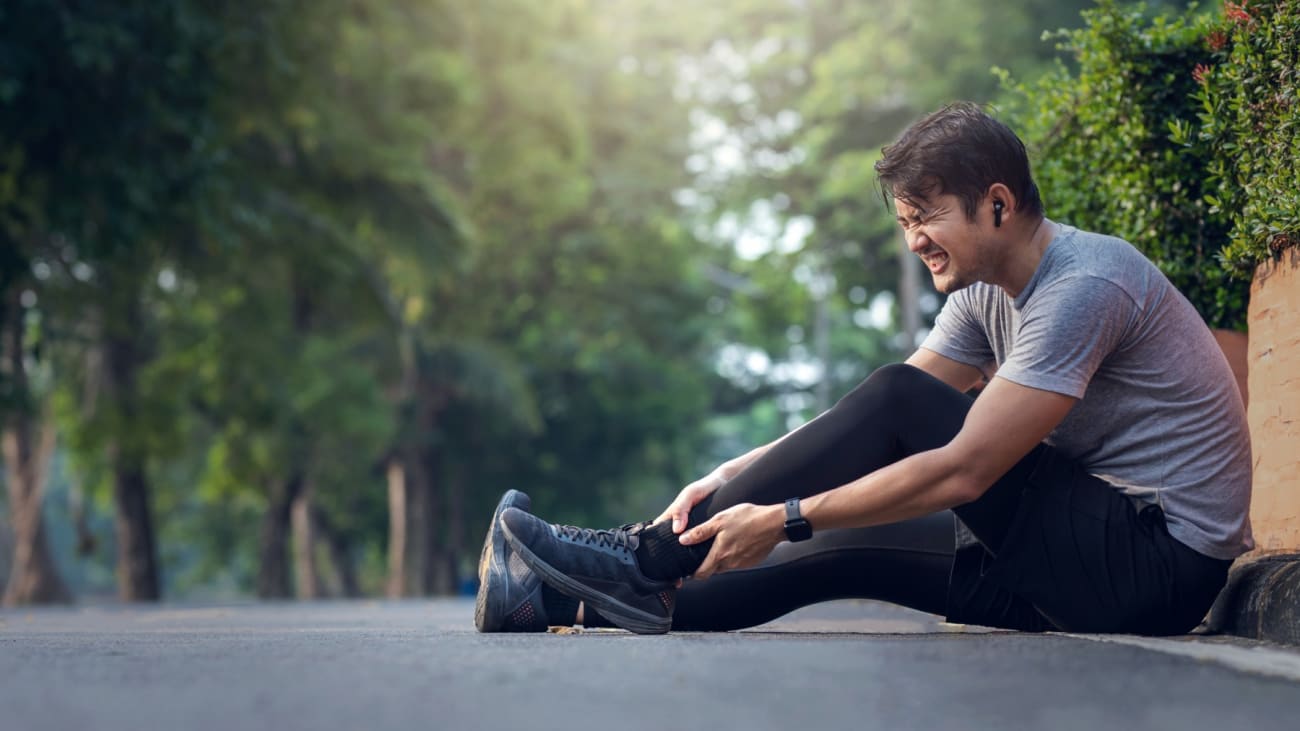
A California Institute for Regenerative Medicine Grant Is Funding Cedars-Sinai Research That Could Lead to a Stem Cell Therapy for This Common Injury
Cedars-Sinai investigators are working to develop a more effective treatment for one of the most common and hard-to-heal musculoskeletal injuries: torn tendons.

Dmitriy Sheyn, PhD
Investigators led by Dmitriy Sheyn, PhD, assistant professor in the Cedars-Sinai Board of Governors Regenerative Medicine Institute, and the departments of Orthopaedics, Surgery and Biomedical Sciences at Cedars-Sinai, are studying how to use stem cells to repair tendons, the tissues that connect muscles to bones. The team was recently awarded a $1.5 million grant from the California Institute for Regenerative Medicine (CIRM) to further their work.
People are more likely to experience tendon injuries as they get older. The injuries also occur in people who do a lot of repetitive movement as part of their jobs or during exercise or participation in sports. Some of the most common tendon injuries are tears to the Achilles tendon in the ankle, injury to the rotator cuff in the shoulder or damage to the tendons surrounding the kneecap.
Most tendon injuries get better on their own, but complete recovery is difficult to achieve—regardless of age.
“Tendons often heal in young athletes; however, it takes a long time, and function and elasticity never go back to the same level as before the injury,” Sheyn said. “In older people, the injuries tend to recur.”
Current treatments include physical therapy, medications and, for severe injuries, surgery. Because tendons have few blood vessels and cells, they don’t heal as quickly as other parts of the body.
“Stem cell therapy has the potential to improve care and outcome for tendon injuries significantly,” said Ryu Yoshida, MD, assistant professor of Orthopaedics at Cedars-Sinai and a collaborator on this project. “For example, it could allow tendon reconstruction surgeries that were previously not possible.”
The CIRM award will fund research involving induced pluripotent stem cells (iPSCs), a type of stem cell created in the lab from a person's blood or skin cells. These cells can be engineered to make almost any cell in the body. They could potentially be used to stimulate the growth of new tissues and to repair a person’s injured tendon.
Sheyn and colleagues are already exploring the therapeutic qualities of specialized stem cells called induced pluripotent stem cell-derived tenocytes (iTenocytes). In a paper published in 2022, they described how they engineered the cells to produce a protein involved in the creation of tendon cells
In a more recent study, the investigators used iTenocytes to repair Achilles tendon injuries in laboratory rats.
For this project, the team will explore the potential of iPSCs to repair tendons by observing the biological properties of the cells. The investigators will study how two cellular signaling pathways called WNT and BMP play a role in tendon development. Preliminary research by Sheyn and colleagues found that altering one of the pathways in iPSCs increased the production of tendon-like cells.

Mark Vrahas, MD
Yoshida and Sheyn as well as fellow Cedars-Sinai investigators Angela Papalamprou, PhD; Giselle Kaneda; Wafa Tawackoli, PhD; and Melodie Metzger, PhD, comprise the team working on this project.
“Developing a method for producing tendon-like cells can lead to a new stem cell treatment that could give patients another option for recovery,” said Mark Vrahas, MD, the Levin/Gordon Distinguished Chair in honor of Myles Cohen, MD, in the Department of Orthopaedics at Cedars-Sinai.
The grant was awarded as part of the CIRM DISC 0 Foundation Awards Program. It is the second CIRM grant awarded to Sheyn and colleagues. In February, they received a $2 million grant to study an injectable therapeutic derived from iPSC cells that would repair degenerated intervertebral discs, the most common cause of lower back pain.
“Using iPSC cells to generate new musculoskeletal cells is at the cutting edge of stem cell research,” said Clive Svendsen, PhD, executive director of the Cedars-Sinai Board of Governors Regenerative Medicine Institute and the Kerry and Simone Vickar Family Foundation Distinguished Chair in Regenerative Medicine at Cedars-Sinai. “This work holds a lot of promise for revolutionizing orthopaedics.”
Read more on the Cedars-Sinai Blog: What Are Induced Pluripotent Stem Cells?
Follow Cedars-Sinai Academic Medicine on Twitter for more on the latest basic science and clinical research from Cedars-Sinai.
